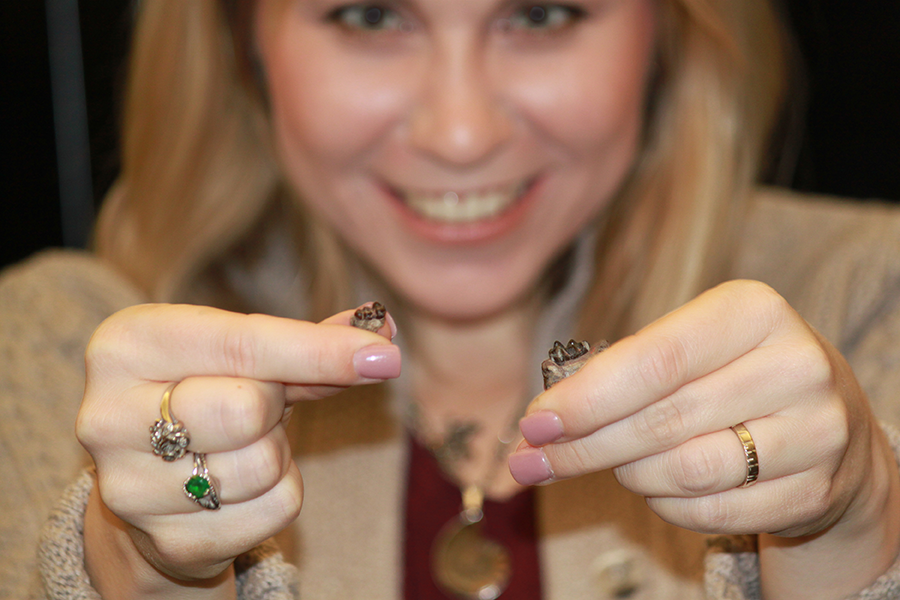As Earth got hotter, early mammals responded by getting smaller
Loading...
Some 56 million years ago, things were looking up for our evolutionary forebears. The dinosaurs had been gone for more than 10 million years, allowing early mammals to thrive.
But then came a challenge: methane, a greenhouse gas whose climate impact is 25 times more potent than CO2's, bubbled up from the ocean floor, causing global temperatures to rise 5 to 8 degrees C over a 10,000-year span, and stayed high for almost 200,000 years. Another such warming event, known as a “hyperthermal,” followed two million years later, causing a temperature rise with about half the magnitude of the first.
A study published in Science Advances on Wednesday focuses on how mammals adapted to these shocks, and how they could do so again in an era of human-caused climate change: by shrinking.
“It is more efficient to cool off if you have a small body size because you have a larger surface-area-to-volume ratio,” the study’s lead author, Abigail D’Ambrosia, told The Los Angeles Times.
Scientists have long observed that birds and mammals in colder regions have more bulk than their counterparts in warmer regions, a relationship known as Bergmann’s Rule. Mammal fossils showed this phenomenon in action, with “dwarfing” taking place after the first hyperthermal 56 million years ago.
Ms. D’Ambrosia, a PhD student at the University of New Hampshire, investigated how mammals had responded to the second, smaller “hyperthermal” 54 million years ago. She and her colleagues ventured into the Bighorn Basin, a fossil-rich patch of northwest Wyoming, searching for the teeth of mammals alive during that time: a proxy for body size. By focusing on tooth sizes, previous researchers had found that an ancestor of today’s horses had shrunk by about 30 percent, then partially rebounded, after the first warming event.
The authors of this study focused on how another “early equid,” Arenahippus pernix, as well as a rabbit-sized ancestor of pigs and deer, small herbivores, and a lemur-like primate fared after the second warming event.
Arenahippus, the horse precursor, responded like its predecessors had during the previous warming, shrinking by an average body size of 14 percent – from about the size of a small dog to a cat. Diacodexis metsiacus, the deer-and-pig ancestor, also dropped in body size by about 14 percent.
But Cantius abditus, the primate, only shrank by about 4 percent, and Hyopsodus simplex, the weasel-like critter, actually grew almost 2 percent after the warming event. An explanation of why they bucked this trend will likely have to wait for more research. “It’s hard to say what is going on in detail without collecting more samples,” D’Ambrosia told the L.A. Times.
During our current warming, temperatures may not rise as much as they did 56 million to 54 million years ago. But our lifetimes will likely see noticeably warmer climates. The Paris Climate Agreements aim to limit global temperature rises to 2 degrees celsius by the end of this century.
"If we start to see patterns repeat themselves, we can learn from that," Jonathan Bloch, the curator of vertebrate paleontology at the Florida Museum of Natural History, told the Associated Press. "And what we learn from these lessons will certainly be important as we think about the possible response of plants and animals to future climate change."
This report includes material from the Associated Press.








